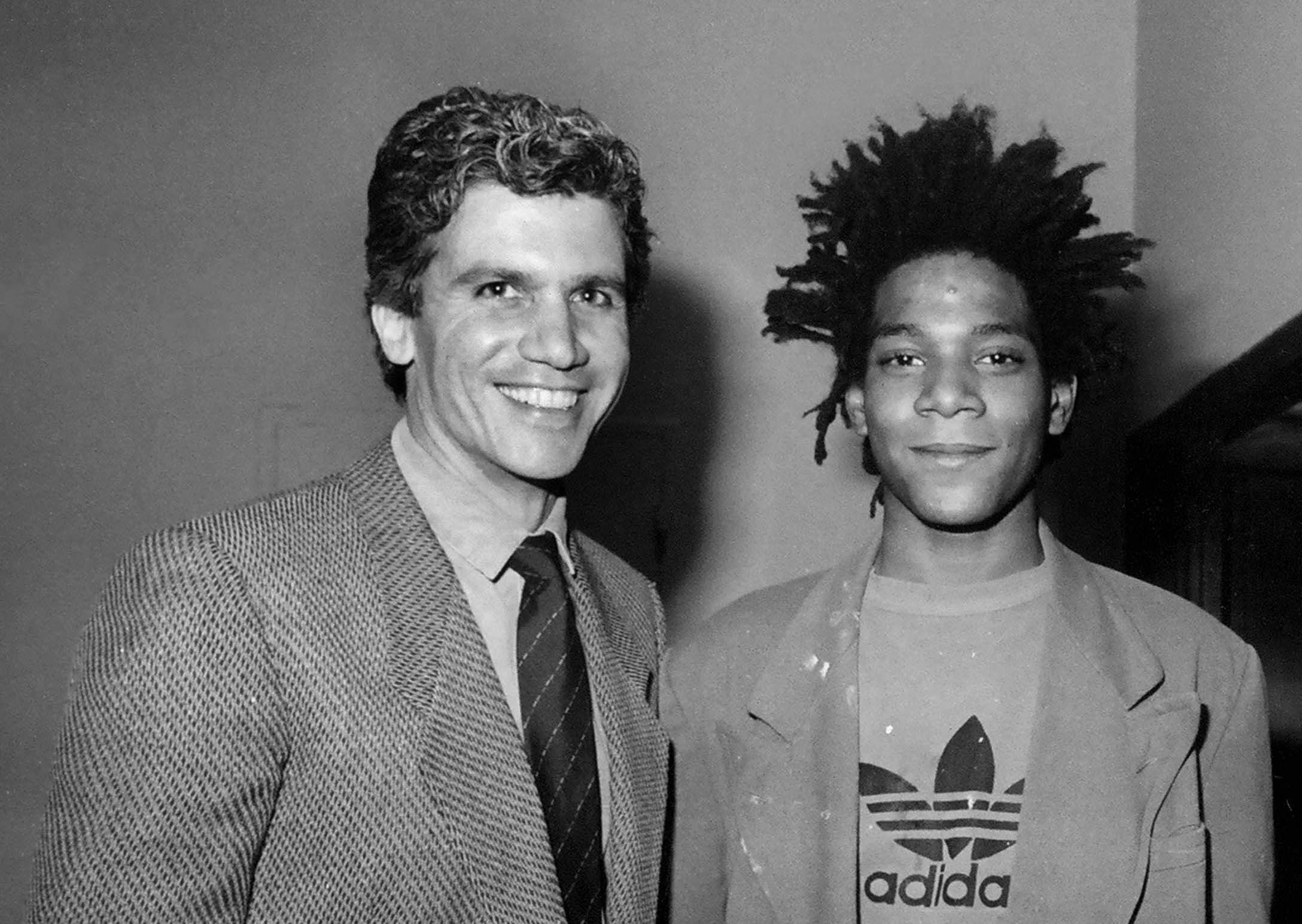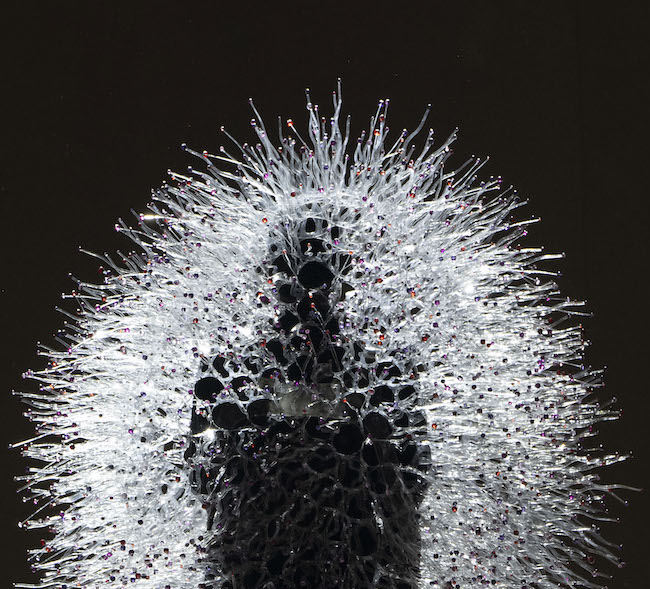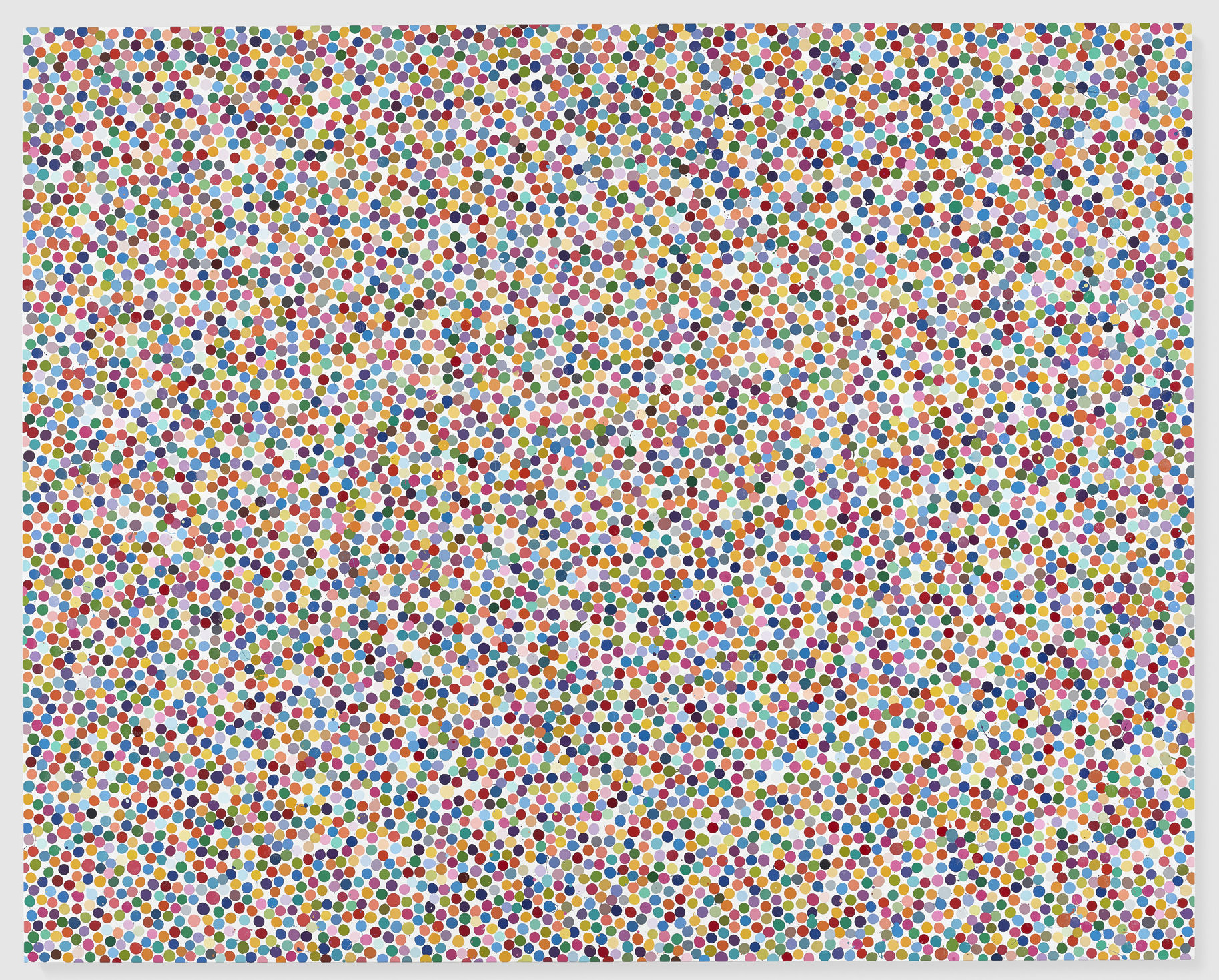Since the age of five, Hanako Maeda has spent her time between New York and Tokyo. Growing up with fashionable parents, she moved to New York when she was five, relocated back to Tokyo with her family for middle school, and not long after, was back in New York for high school, and then college, too. “My parents have a fashion line in Japan,” said Maeda of her parents’ longstanding business, the classic Japanese clothing line named Foxey. “My mother is the designer and my father handles the business side.”
Maeda credits that creative and business-minded upbringing as many industry lessons learned. As a child, she tagged along to her mother’s fittings and factory appointments in Europe. She told us, “Even if you don’t completely understand everything, when you’re in that kind of environment, you’re prone to thinking more creatively. When I was younger, a lot of my friends thought that what I was wearing and what I liked was really weird because I was really influenced by what my mother liked.” She was also influenced by avant-garde Japanese fashion like Comme des Garçons and Yohji Yamamoto.
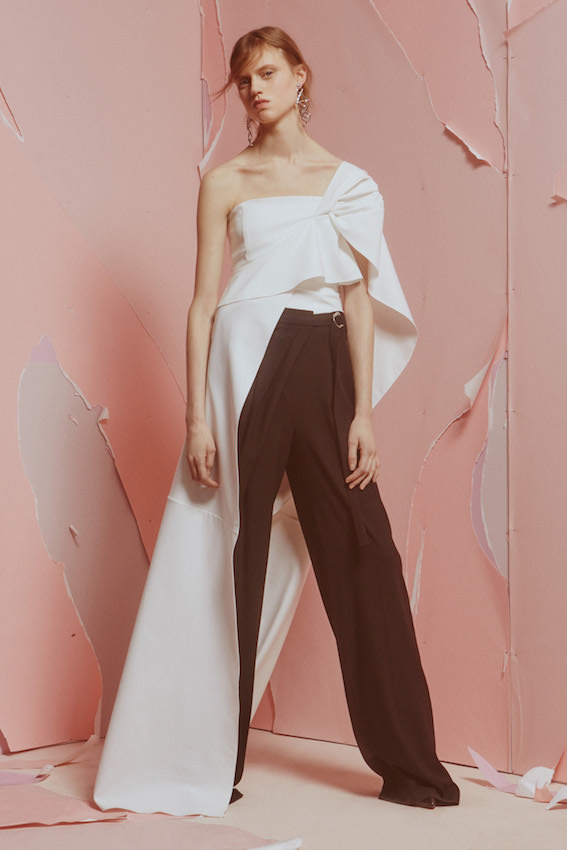
Courtesy of Adeam
While studying art history and anthropology at Columbia University and taking pattern-focused classes at Parsons, Maeda also interned with Vogue and Phillip Lim. “Until I started doing all of these internships, I don’t think that I realized that fashion is a team effort,” said Maeda. “It’s not just about the vision of the creative director or the editor-in-chief or the person who is sort of putting everything together. You need everyone on the team to do an amazing job in their own role in order for everything to come together.”
After working for Foxey for two years, in 2012 she decided to turn her inspiration from art, her technological know-how from schooling, and her business-savvy fashion sense from her upbringing into a label she could connect to.
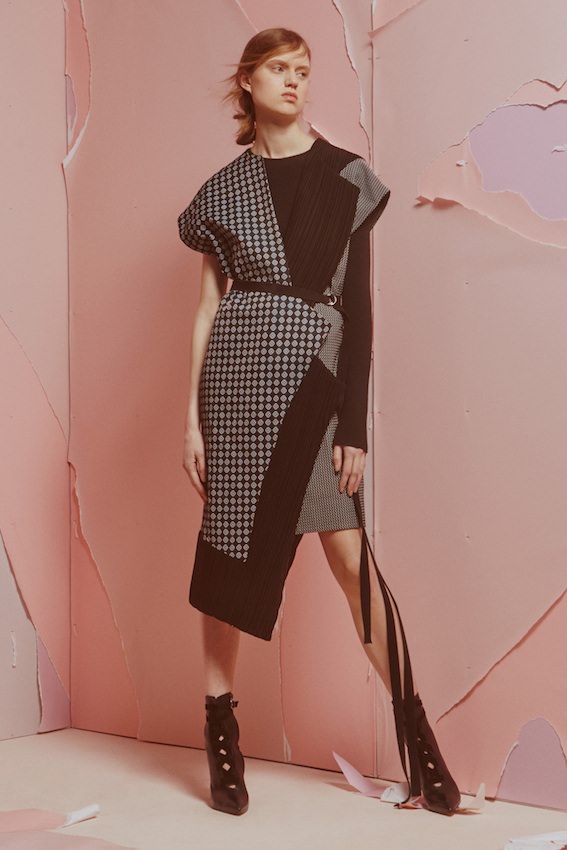
Courtesy of Adeam
WHITEWALL: What ultimately led you to start your own label, Adeam, in 2012?
HANAKO MAEDA: I felt like there wasn’t really anything in the market that I personally related to and that I personally wanted to wear, and I think that’s true for a lot of female designers. But I felt like there wasn’t a collection that was really creative and really inspiring but also reflected the realities of life as a woman living in the city and having all of these engagements. I think for me, it’s really important to have a balance between creativity and functionality, and that’s something that I really think about throughout the collection. I wanted to create something that’s fun and exciting but also really relatable to women.
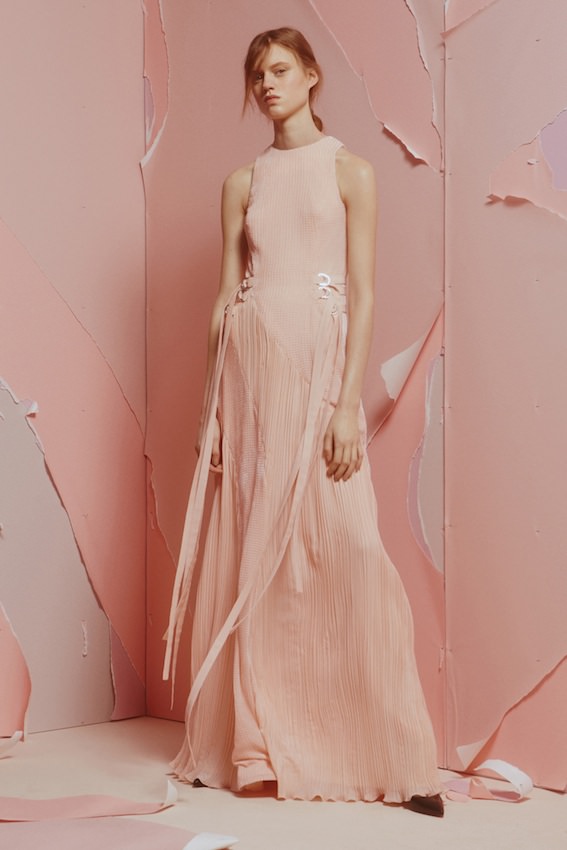
Courtesy of Adeam
I also feel like it is such a shame that there aren’t a lot of Japanese designers now that want to be international and speak to a more global market, so that’s definitely something that I wanted to do with my line.
WW: For your spring/summer 2016 collection, you traveled to Kyoto for inspiration, and took antique prints from the Edo Period and collaborated with Italian textile mills to create elegant printed pieces. Are you especially interested in this period?
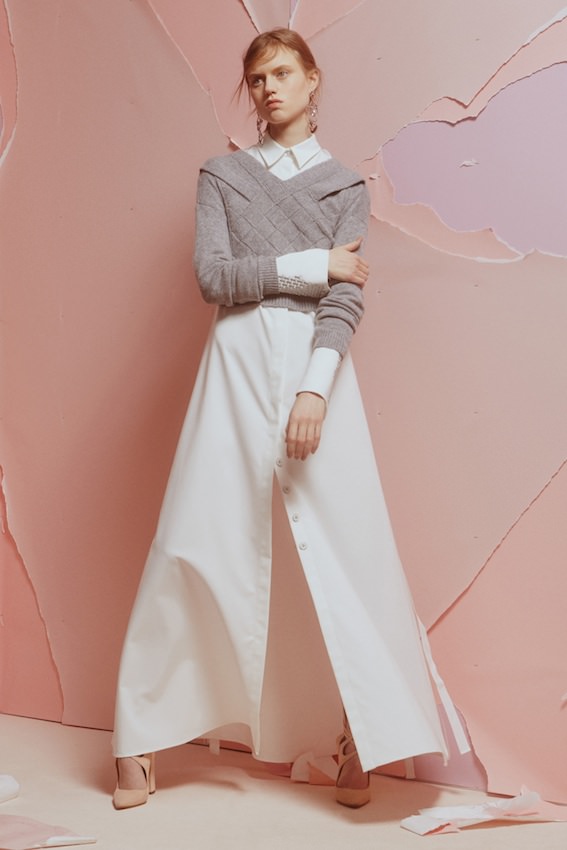
Courtesy of Adeam
HM: It came quite organically for that specific collection. It was all because I took that trip to Kyoto and that was where I saw the prints. For every collection, I’m influenced by where I go—for example, if I go to a gallery and see something. It always depends on what I happen to see at that specific moment.
WW: After that show, you told me that you gained a lot of inspiration from specific art pieces, and you personally paint a lot of watercolor, which was “a little bit similar to the prints in the collection.” Do you paint anything in particular?
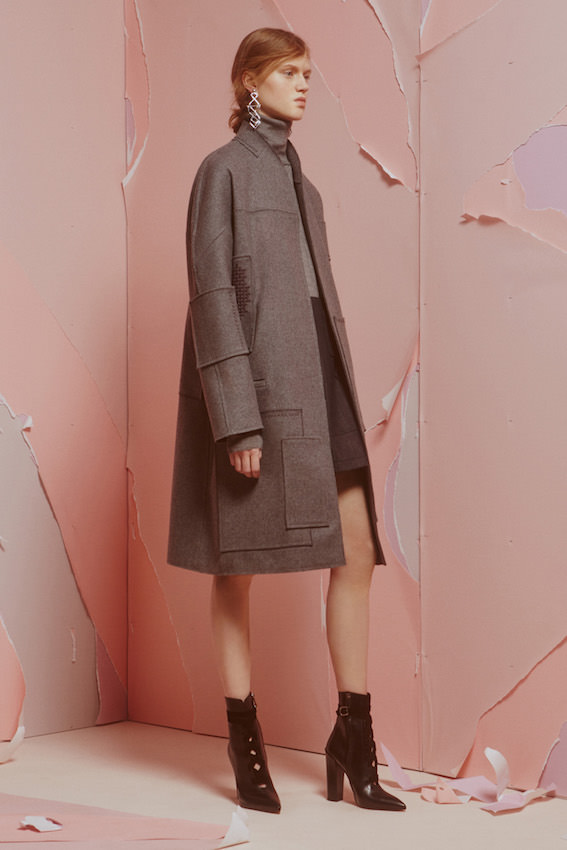
Courtesy of Adeam
HM: I usually like to do more abstract work because I’m really interested in brushstrokes and different colors, and I think it’s tough to do something representational because then it always means something. I think also as a designer, it’s more interesting to look at textures and colors, so I always do something more abstract. And I think it’s up to the viewer’s interpretation. If I drew a dog, then it looks like a dog. But when you look at a [Mark] Rothko painting, it means something different to every single person that looks at it. I think that’s a little more intellectually stimulating.
WW: Are there any specific artists or pieces of art you’re particularly fond of?
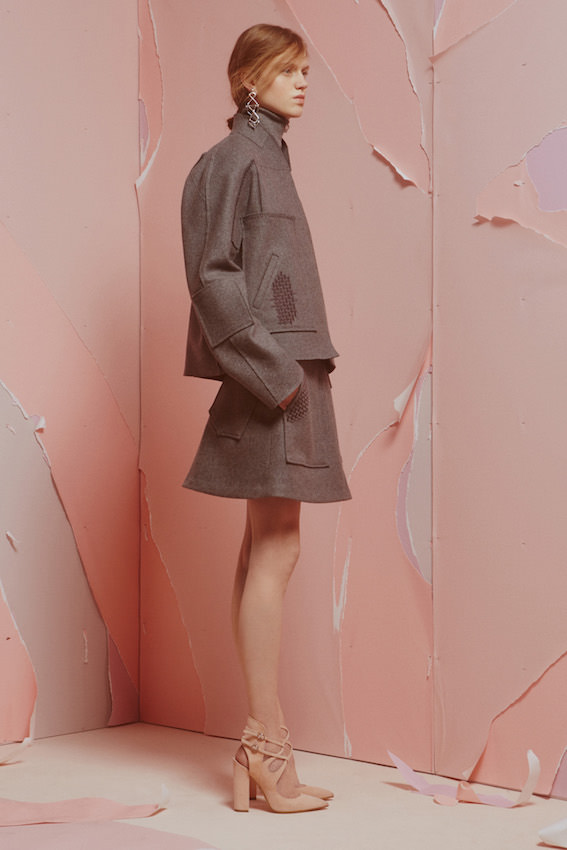
Courtesy of Adeam
HM: I love a lot of Minimalist works, like the recent Richard Serra exhibit at Gagosian Gallery. I really liked that exhibit because they had all of the pieces laid out in the gallery space and you could walk through the different pieces. I thought it was super-cool.
WW: For your fall/winter 2016 collection, you were inspired by Japanese arts and crafts techniques, like Boro patchwork, which was created by peasants and artisans in the 18th century who couldn’t afford to wear lavish silk kimonos. Why was that originally intriguing to you?
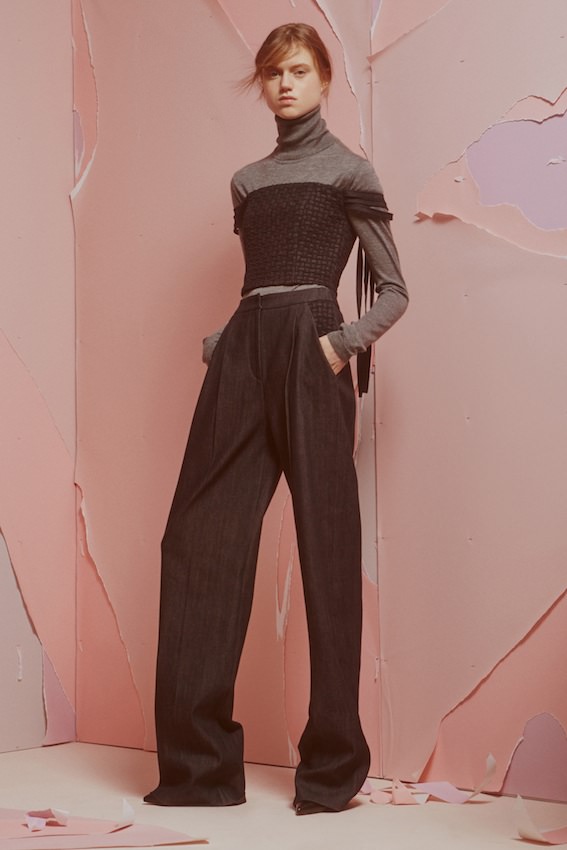
Courtesy of Adeam
HM: For fall, I really wanted to focus on this idea of taking something that came out of necessity and elevating it to a luxury product. That specific technique was really interesting to me because they resorted to these techniques because they didn’t have any access to these luxurious kimono fabrics—but then, actually, that made it more visually interesting. I thought that was really similar to our culture now—how streetwear is a huge influence in designer clothing, and I feel like something that came out of youth culture, and not really having access to designer clothing is really inspiring. It’s influencing different collections and different designers and the way people dress, so even though the 18th century was three centuries ago, and I don’t even know that much about the day-to-day life of people back then, I felt like there was a connection with how people dress now and how that technique came about back in the day. I felt that was really applicable to modern-day dressing.
WW: You also reflected on Kumihimo weaving—a form of braiding, once recognized as a Samurai’s armor lacing—and it appeared on the bustier top and dress in pieces of denim. Was that a difficult traditional technique to work with?
HM: It takes a lot of time because you have to cut all of the fabrics into strips and weave them—it’s almost like a basket weave. Both denim and cotton are fabrics that are a part of our everyday lives, but I wanted to elevate it in a way that felt more special and intimate. I thought that technique was especially pertinent to bringing out that personal, intimate side of seeing how the hand was really behind the piece.
WW: Your boyfriend, a pianist, wrote and composed an original piece for one of your shows.
HM: Yeah, he wrote the music for my show at Tokyo Fashion Week. It was really nice because I’ve never really had someone who was a personal connection to me work on the show with me.
WW: Is it important for you to keep an intimate relationship between your personal and professional lives?
HM: I think so. I think that all of my collections are very personal to me, and I think that even if the relationship started as a professional relationship, I usually end up becoming friends with that person. I think it’s important to really understand the people you are working with because creativity is something that needs to be shared between people, and there needs to be that chemistry when you’re collaborating with someone. So I think I’m really lucky to be surrounded by people that I connect with on a personal as well as a professional level.
This article appears in Whitewall‘s fall 2016 Fashion Issue.





